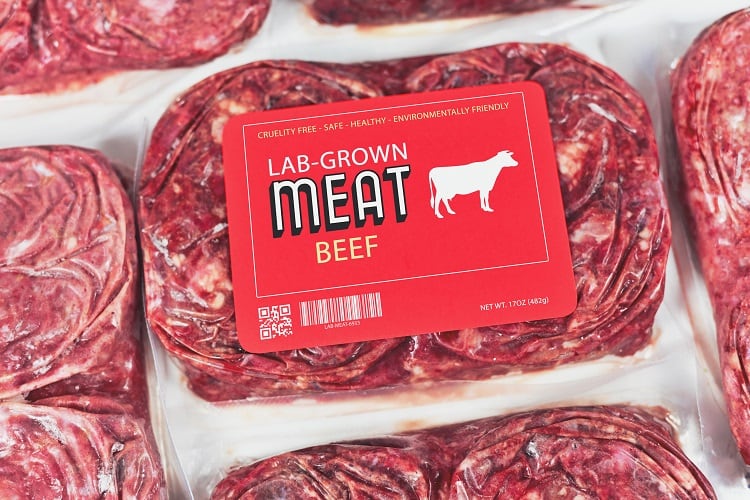Cultivated meat is touted as an environmentally friendly, ethical, and healthy alternative to conventional meat production. However, the sector continues to face major challenges: notably regulation, scalability, and cost.
This last factor – cost – is the focus of researchers from Singapore and China, who believe they have found a way of reducing production expenses by integrating food waste into the manufacturing process.
The hunt for cost-effective edible inks
Cultivated meat from muscle stem cells in vitro often requires 3D edible scaffolds as the supporting matrix. Without it, the product is unlikely to achieve a structured, meat-like texture.
As researchers from the National University of Singapore and Xi’an Jiaotong-Liverpool University in China explain in a study published in Advanced Materials, electrohydrodynamic (EHD) printing is an emerging 3D-printing technology for fabricating ultrafine fibrous scaffolds with high precision microstructures for biomedical applications.
But in cultured meat applications, edible EHD-printed scaffolds remain scarce. This is partly due to special requirements related to the printability of ink. They can be made from animal-based products such as gelatine and collagen, or synthetic materials that are expensive to produce.
As a result, finding cost-effective edible inks for printing is considered one of the main challenges in cultivated meat production.
In the recent study, however, researchers have developed edible plant-based ink derived from food waste, such as cereal husks.
A mix of cereal proteins
The new inks are made from a mix of cereal proteins extracted from barley or rye with corn protein (zein). Professor Jie Sun from Xi’an Jiatong-Liverpool University and an author of the study described the idea as ‘novel’ and disruptive’.
“Using nutrients from food waste to print scaffolds not only uses and increases the value of the food waste, but also alleviates the pressure on the environment from animal agriculture.”
The researchers have optimised their plant-based ink for 3D-printing technology so as to be able to print scaffolds and place muscle and stem cells on them. “The cells can then grow with the structure of the scaffold and we use beets to colour the grown meat to give it the look of conventional meat,” noted the study author.
As Professor Sun suggests, the new ink can be completely absorbed into the meat product. Further, it is cheap to produce, meaning it could significantly reduce the cost of large-scale cultivated meat production.
Nutritious and affordable?
The researchers tested ‘various’ materials before settling on plant protein to make scaffolds.
In the future, Professor Sun hopes that plant extracts will become the ink of choice when creating the substance the meat cells grow in. “Currently, one of the major reasons for the high cost of cultured meat is the nutrient medium for muscle cells, which is still from animal proteins.
“In the future, if suitable plant extracts can be found to supply nutrients, that will further reduce the cost of cultured meat, making it more affordable.”
Source: Advanced Materials
‘3D-Printed Prolamin Scaffolds for Cell-Based Meat Culture’
Published 22 Octboer 2022
DOI: https://doi.org/10.1002/adma.202207397
Authors: Lingshan Su. Linzhi Jing, Xianjian Zeng, Tong Chen, Hang Liu, Yan Kong, Xiang Wang, Xin Yang, Caili Fu, Jie Sun, Deijan Huang.


